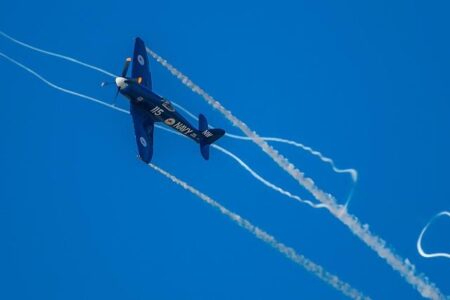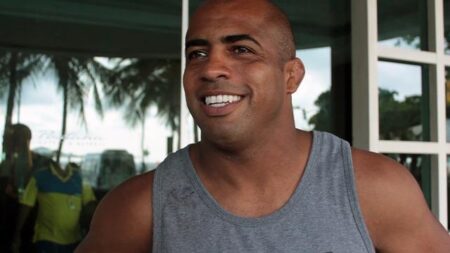- Advertisement -
Two Japanese boxers who fought on the same boxing card have tragically died from brain injuries sustained during their matches, highlighting ongoing concerns over the safety risks associated with the sport. The incidents have prompted renewed calls for stricter medical protocols and improved protective measures within the boxing community. This rare and devastating occurrence underscores the inherent dangers faced by fighters and has sparked an urgent conversation about athlete welfare in professional boxing.
Japanese Boxing Community Mourns After Fatal Brain Injuries on Same Fight Card
The Japanese boxing community is reeling after tragedy struck during a recent fight card, where two promising fighters succumbed to fatal brain injuries sustained in the ring. Both athletes, celebrated for their skill and dedication, suffered devastating blows that ultimately led to their untimely deaths, sparking a nationwide outcry over the safety protocols in the sport. Officials and fans alike are demanding a thorough review of medical oversight, with calls to enhance emergency response measures at future events.
In the wake of the incidents, key concerns have been raised regarding:
- Pre-fight medical examinations and their rigor
- Real-time monitoring during bouts
- Immediate availability of neurosurgical teams ringside
- Long-term health screenings for fighters post-match
Promoters and regulatory bodies have promised swift action to ensure the welfare of athletes is prioritized, while mourning communities across Japan hold vigils to remember the fallen pugilists.
| Fighter | Age | Weight Class | Outcome |
|---|---|---|---|
| Kenji Yamamoto | 24 | Lightweight | Fatal Brain Injury |
| Hiroshi Tanaka | 27 | Featherweight | Fatal Brain Injury |
Investigation Urged Into Safety Protocols and Medical Oversight in Japanese Boxing
In the wake of tragic events where two Japanese boxers suffered fatal brain injuries on the same fight card, urgent calls have emerged demanding a comprehensive review of current safety protocols and medical supervision within the sport in Japan. Critics argue that insufficient ringside medical facilities and delayed emergency response may have contributed to the inability to save the fighters, bringing the spotlight sharply onto the existing framework designed to protect athletes in such a high-risk environment.
Key concerns raised by medical experts and boxing officials include:
- Inadequate pre-fight medical screening potentially overlooking critical risk factors.
- Limited access to advanced neuroimaging equipment at event venues.
- Insufficient presence of specialized neurosurgeons during and after bouts.
- Gaps in post-fight monitoring protocols for early detection of brain trauma symptoms.
There is growing advocacy for a standardized national guideline that mandates rigorous medical oversight, emergency preparedness, and fighter education to prevent such heartbreaking outcomes in the future.
| Safety Measure | Status in Japan | Recommended Actions |
|---|---|---|
| Pre-fight Screening | Basic physical exam only | Implement mandatory neurological evaluations |
| Ringside Medical Team | General physician present | Deploy trauma specialists & neurosurgeons |
| Emergency Response Time | Average 10+ minutes | Improve ambulance & medivac readiness |
| Post-fight Monitoring | Minimal follow-up | Establish mandatory brain injury protocols |
Calls for Stricter Regulations and Enhanced Health Screening to Prevent Future Tragedies
In the wake of the tragic deaths of two Japanese fighters from brain injuries sustained on the same fight card, urgent calls have surged from medical experts, sports officials, and advocacy groups to overhaul current safety protocols within the boxing community. Many argue that existing regulations are insufficient to protect athletes from catastrophic brain trauma, emphasizing the need for more rigorous pre-fight health assessments and ongoing neurological monitoring during boxing careers. The incident has sparked intense debate regarding the responsibility of governing bodies to enforce stricter medical clearances before granting boxers the green light to compete.
Key recommendations advocated include:
- Mandatory advanced neuroimaging (MRI, CT scans) prior to licensing
- Regular cognitive and neurological evaluations throughout athletes’ careers
- Enforcement of extended medical suspensions after concussive events
- Standardized protocols for ringside medical intervention
- Improved education for boxers and trainers on brain injury risks
| Current Regulation | Proposed Enhancement |
|---|---|
| Basic neurological checks | Comprehensive neuroimaging before fights |
| Medical suspension: 30 days post-knockout | Extended suspension up to 90 days with follow-up exams |
| Ringside doctor presence encouraged | Mandatory ringside neurologist and emergency protocols |
The consensus among stakeholders is clear: without immediate implementation of tighter controls and enhanced health screenings, the sport risks further avoidable tragedies. The recent fatalities serve as a heartbreaking catalyst compelling the boxing world to prioritize athlete safety over competitive spectacle.
Final Thoughts
The tragic deaths of these two Japanese fighters on the same boxing card underscore the inherent dangers of the sport and raise urgent questions about fighter safety protocols. As authorities and the boxing community grapple with the aftermath, calls for enhanced medical oversight and stricter regulations are likely to intensify. This heartbreaking incident serves as a somber reminder of the risks athletes face inside the ring and the ongoing need to prioritize their well-being above all else.







